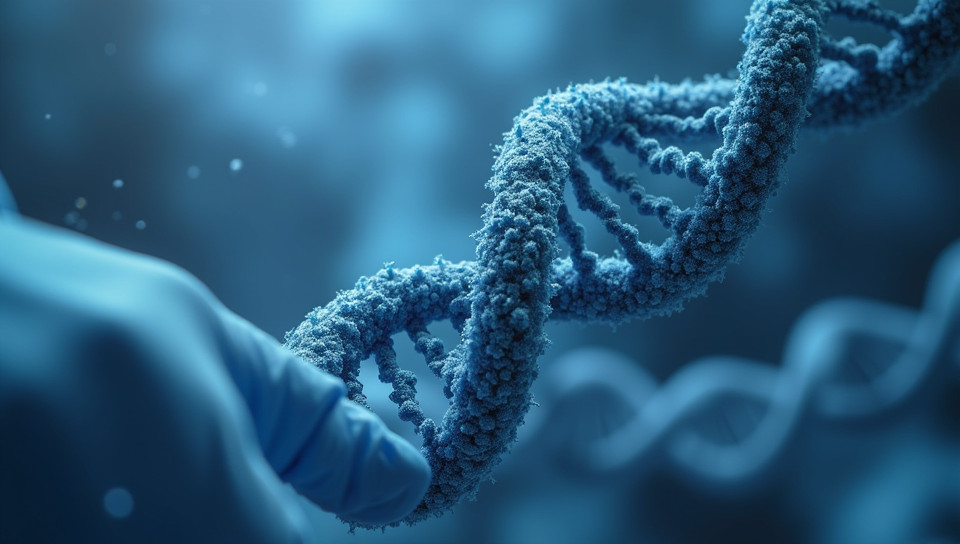Genetic modification uses enzymes to alter DNA 56%

The Power of Enzymes: How Genetic Modification is Revolutionizing Biology
Imagine being able to grow crops that are resistant to pests and diseases, or developing medicines that can cure genetic disorders. Sounds like science fiction? Not anymore. With the help of enzymes, genetic modification is making these possibilities a reality.
What are Enzymes?
Enzymes are biological molecules, typically proteins, that significantly speed up the rate of virtually all of the chemical reactions that take place within cells. But in the context of genetic modification, enzymes play a more specific role. They are used to manipulate the DNA sequence of an organism, allowing scientists to introduce desirable traits or characteristics.
How do Enzymes Alter DNA?
Enzymes involved in genetic modification can perform several functions:
- Introducing new genes into an organism
- Editing existing genes to remove unwanted sequences
- Replicating DNA strands for cloning purposes
These enzymes work by cutting the DNA at specific points, allowing scientists to insert or modify the desired sequence. This process is called gene editing.
The Role of Gene Editing in Genetic Modification
Gene editing has revolutionized the field of genetic modification by providing a precise and efficient way to alter DNA sequences. With the help of enzymes like CRISPR-Cas9, scientists can make targeted changes to an organism's genome with unprecedented accuracy.
Applications of Genetic Modification
Genetic modification using enzymes is not just limited to agriculture or medicine. Its applications are vast and varied:
- Food Production: Enzymes are used to introduce pest resistance, improved nutritional content, and enhanced shelf life in crops.
- Medicine: Gene editing can be used to develop new treatments for genetic disorders, such as sickle cell anemia and cystic fibrosis.
- Biotechnology: Enzymes help produce biofuels, bioplastics, and other industrial products.
Conclusion
Genetic modification using enzymes is a powerful tool that has the potential to transform various industries. By harnessing the precision of gene editing, scientists can create new opportunities for growth, innovation, and improvement in fields ranging from agriculture to medicine. As research continues to advance, we can expect even more exciting developments in this rapidly evolving field.
- Created by: Rei Saitō
- Created at: Dec. 21, 2024, 11:38 a.m.
- ID: 16901









